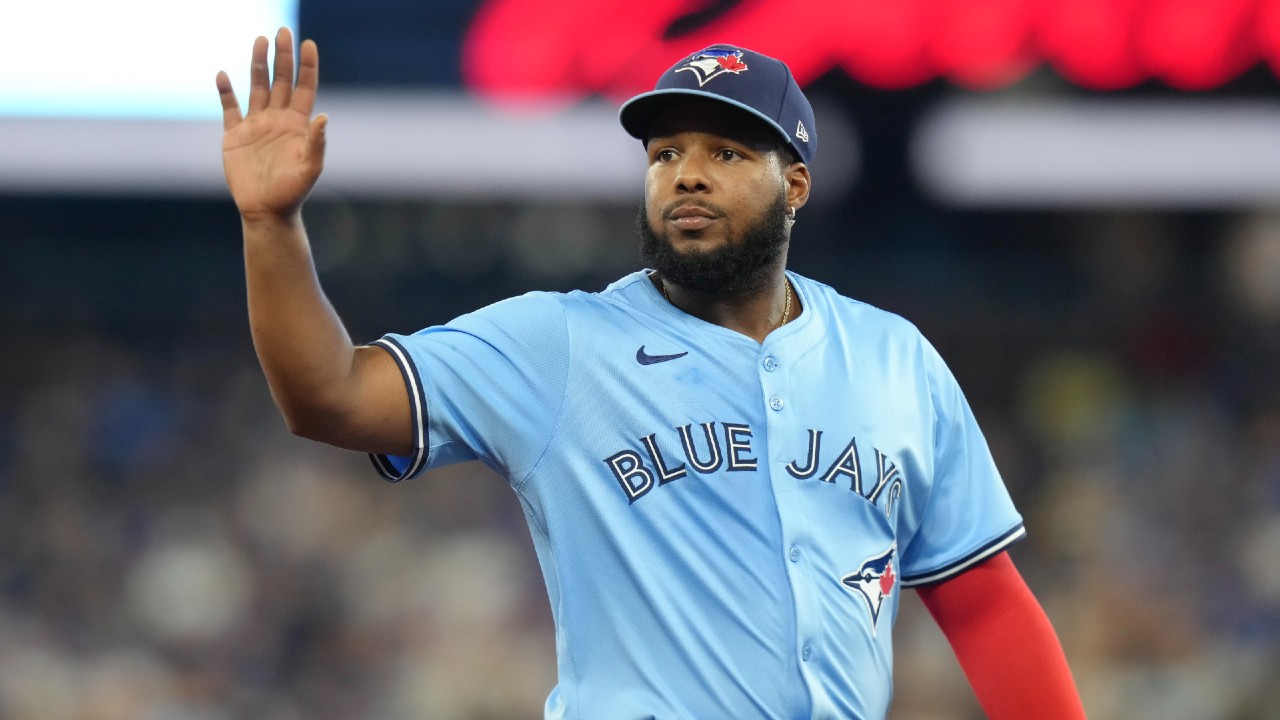In a significant shift for content measurement, Facebook has announced that “views” will now be the primary metric to evaluate the performance of content on its platform, effectively merging the previously distinct metrics of “plays” and “impressions.” This evolution has been met with skepticism, as five publishing executives conveyed to Digiday that this new focus on views is merely a rebranding of impressions and does not alter their existing Facebook content strategy.
The company’s recent decision mirrors a similar move by sister platform Instagram, which transitioned to prioritizing views as its main measurement in August, further highlighting Meta’s strategic emphasis on user engagement within its ecosystem and discouraging users from navigating away to other websites.
Wes Bonner, SVP of marketing and audience development and head of social at BDG, noted, “The signs that [social media platforms] have given to publishers over the last year is: our priority in determining what is a good piece of content is how many people see it on the platform.” This perspective underscores the ongoing independent assessment of content performance defined by on-platform visibility.
As anticipated, the impact of this transition on publishers’ social media strategies appears minimal. One head of social media at a significant publication remarked to Digiday that due to the pressing demands of Election Day coverage, they had not yet delved into the implications of the views metric. “I haven’t even gotten a chance to even think about the views metric,” the social media manager said, illustrating the reluctance to reallocate resources toward this updated metric.
Bonner labeled this initiative as a “rebranding” of impressions, a term that reflects the frequency with which content is viewed. He explained, “Rebranding them ‘views’ doesn’t really change the strategy, but I do think we have had to have serious conversations about looking at our view count — our reach, our impressions — and gaining insights on what does well [when looking at videos, image and link posts].” This shift requires platforms to reconsider the role of traffic as the primary key performance indicator (KPI).
Interestingly, Bonner reported that BDG has not detected significant changes in Facebook’s content dashboard data since the alteration was announced, except for the removal of the “replay” metric. Nevertheless, the company has observed a “slight uptick” in view counts for images and stories since the new metric counts duplicate views from the same user. “It is not significant, but we plan to monitor month over month,” Bonner remarked, emphasizing a commitment to ongoing evaluation of content performance.
Facebook has yet to respond to inquiries for comment by the time of this publication. However, the platform’s blog post announcing the change emphasized that it offers creators “a single distribution metric for all content types that’s calculated the same way across Facebook and Instagram.” This suggests a unified approach to content performance measurement, potentially simplifying analytics processes for users.
“This update provides an easy way to measure and benchmark Facebook and Instagram content now that metrics like ‘views’ are aligned across both platforms,” stated Chris Anthony, Chief Revenue Officer at Gallery Media Group, reflecting the anticipated benefits of standardized metrics across Meta’s social networks.
What is the impact of Facebook prioritizing ‘views’ on content strategy for publishers like BDG?
**Interview with Wes Bonner, SVP of Marketing and Audience Development at BDG**
**Interviewer:** Thank you for joining us today, Wes. Let’s dive right in. Facebook’s recent announcement to prioritize ‘views’ as the primary metric for content performance has generated quite a buzz. What does this shift mean for publishers like BDG?
**Wes Bonner:** Thanks for having me. The shift to ‘views’ essentially consolidates two previously distinct metrics: ‘plays’ and ‘impressions.’ While it’s framed as a simplification, many publishers view it skeptically. For us, it signals Facebook’s continued focus on on-platform visibility as the key indicator of content performance, which aligns with the broader trend we’ve seen across social media.
**Interviewer:** So, you believe this is more of a rebranding than a substantial change in strategy?
**Wes Bonner:** Exactly. Many of my peers feel that this is more about changing the terminology rather than updating the way we evaluate engagement or interaction with content. Our strategies have largely remained consistent regardless of these metric tweaks. We still prioritize engagement, whether it’s clicks, shares, or how many people actually view our content.
**Interviewer:** We’ve also seen similar changes on Instagram—do you think this strategy is reflective of a larger trend within Meta’s platforms?
**Wes Bonner:** Yes, this consistency between Facebook and Instagram highlights Meta’s strategic emphasis on keeping users engaged within their platforms. By focusing on views, they discourage users from navigating away to other websites, which is crucial for maintaining their ad revenue and user retention.
**Interviewer:** Given the timing of this announcement, particularly around events like Election Day, do you think these changes will impact how publishers allocate their resources?
**Wes Bonner:** Interestingly, the immediate impact appears minimal, at least for now. Many publishers are focused on pressing coverage needs and haven’t had the chance to fully analyze or adjust their strategies for the new view metric. For instance, one social media manager I spoke with said they haven’t even contemplated the views metric due to their current demands.
**Interviewer:** That makes sense. As we look ahead, do you anticipate that this will shift how content is created or promoted on these platforms?
**Wes Bonner:** Over time, it might encourage creators to focus even more on what grabs attention quickly. If views are prioritized, there could be a push toward more engaging visuals and headlines. However, the real challenge will be ensuring that this drive for views doesn’t compromise content quality or the deeper engagement we strive for with our audiences.
**Interviewer:** Thank you so much, Wes. It’s great to get your insights on this developing situation.
**Wes Bonner:** My pleasure! Thanks for having me.




